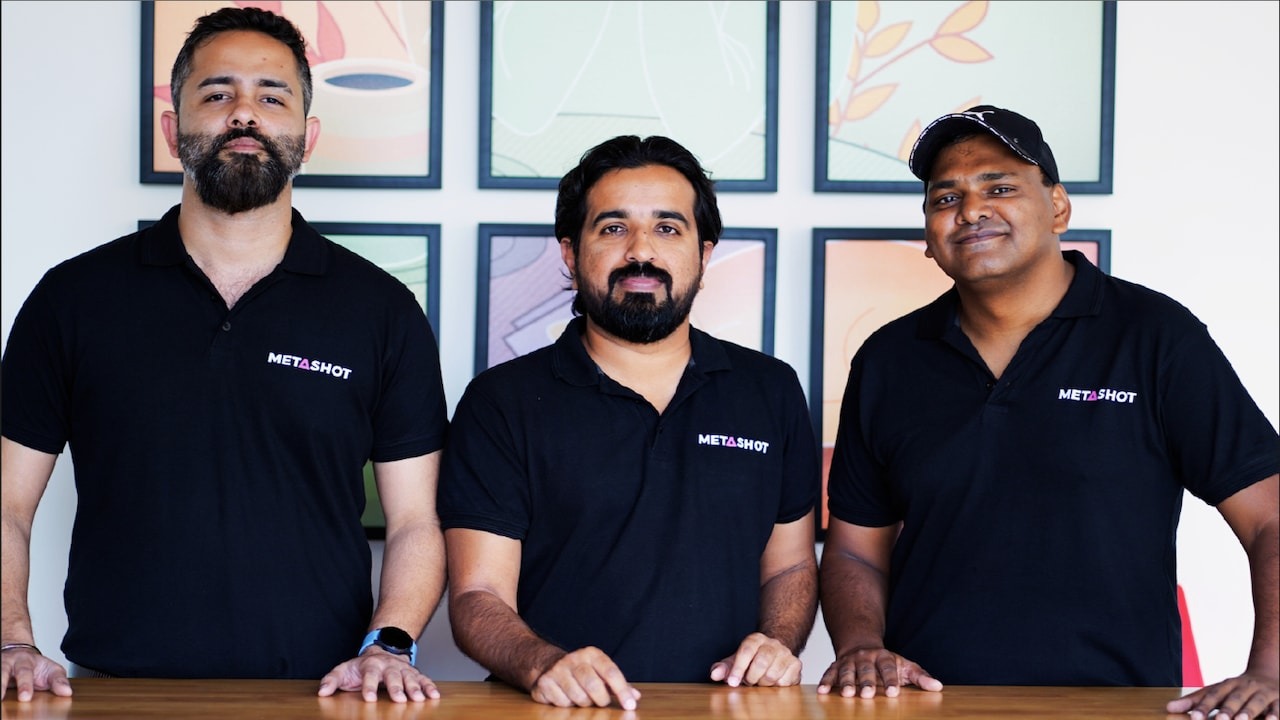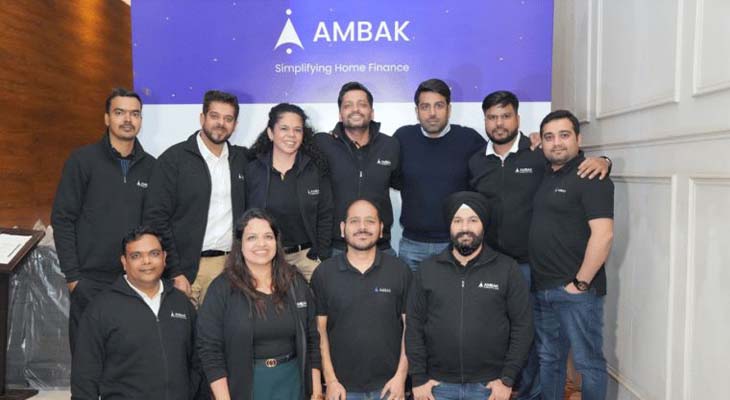Swiggy Instamart Launches Instacafe, a Café-like Division to Capitalize on Higher Profit Margins
- ByStartupStory | May 22, 2023

Swiggy Instamart has recently unveiled Instacafe, a division that resembles a café, in response to its rival Zepto’s launch of Zepto Café. This strategic move aims to enhance Swiggy Instamart’s profitability by capitalizing on the higher profit margins commonly associated with café products, as opposed to grocery delivery.
According to a report, Instacafe, the latest addition to Swiggy Instamart, provides a range of convenient snacks like sandwiches, puffs, baos, coffee, cookies, tarts, croissants, and more. Customers have the option to include these items in their Instamart grocery orders.
The introduction of Instacafe by Instamart signifies yet another expansion in its offerings, having previously introduced private brands and a range of electronics and mobile accessories. This strategic move of adding more categories is aimed at boosting the average order size of customers, thereby increasing the per-order profit margin.
Swiggy Instamart considers Instacafe as a digital hub for popular fast-moving snacks, similar to the common concept found in brick-and-mortar grocery stores. Instacafe initially launched as a test in specific areas of Hyderabad last year and later expanded to Bangalore in March. The platform has plans to introduce additional items to its menu in the future.
Instacafe is currently in its pilot phase, offering approximately 60 stock-keeping units (SKUs) or items in select areas of Bangalore and Hyderabad. In contrast to Zepto Café, which acquires branded products in large quantities, Instacafe primarily sources unbranded food items directly from dark-store managers who cater to specific locations.
Despite initial concerns about potential competition with Swiggy’s core business, Instacafe is positioned by Swiggy as a provider of quick snacks rather than complete meals. However, it is worth noting that both Swiggy and its competitor are gradually expanding their offerings to include larger meal options. This suggests an evolving strategy in response to growing scrutiny of the business models employed by quick-delivery start-ups.









